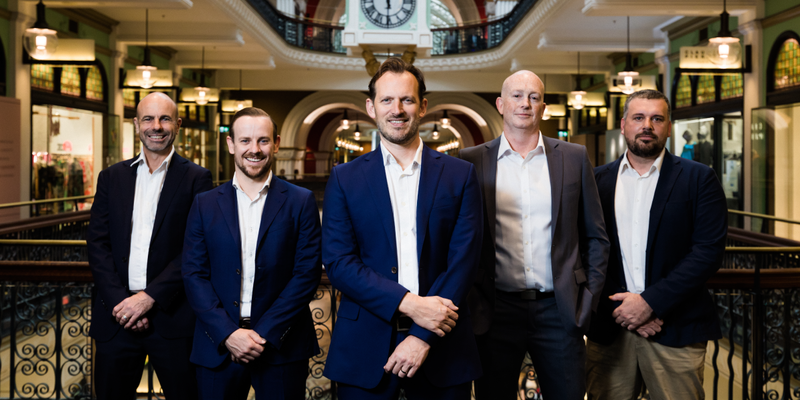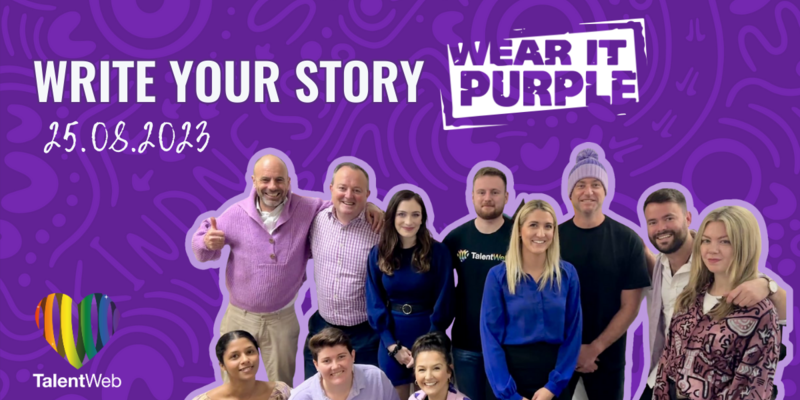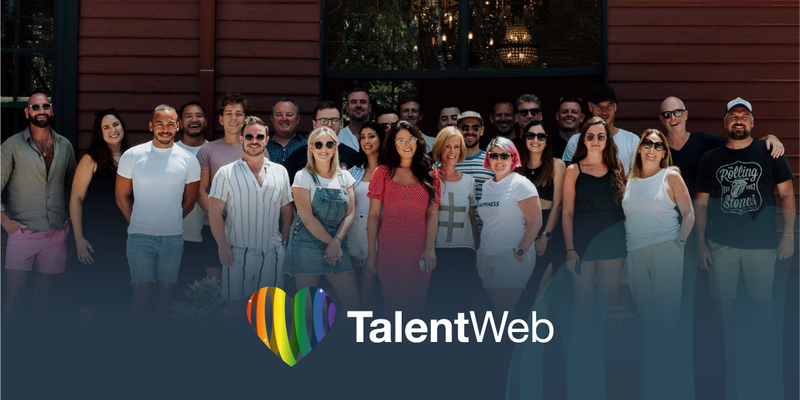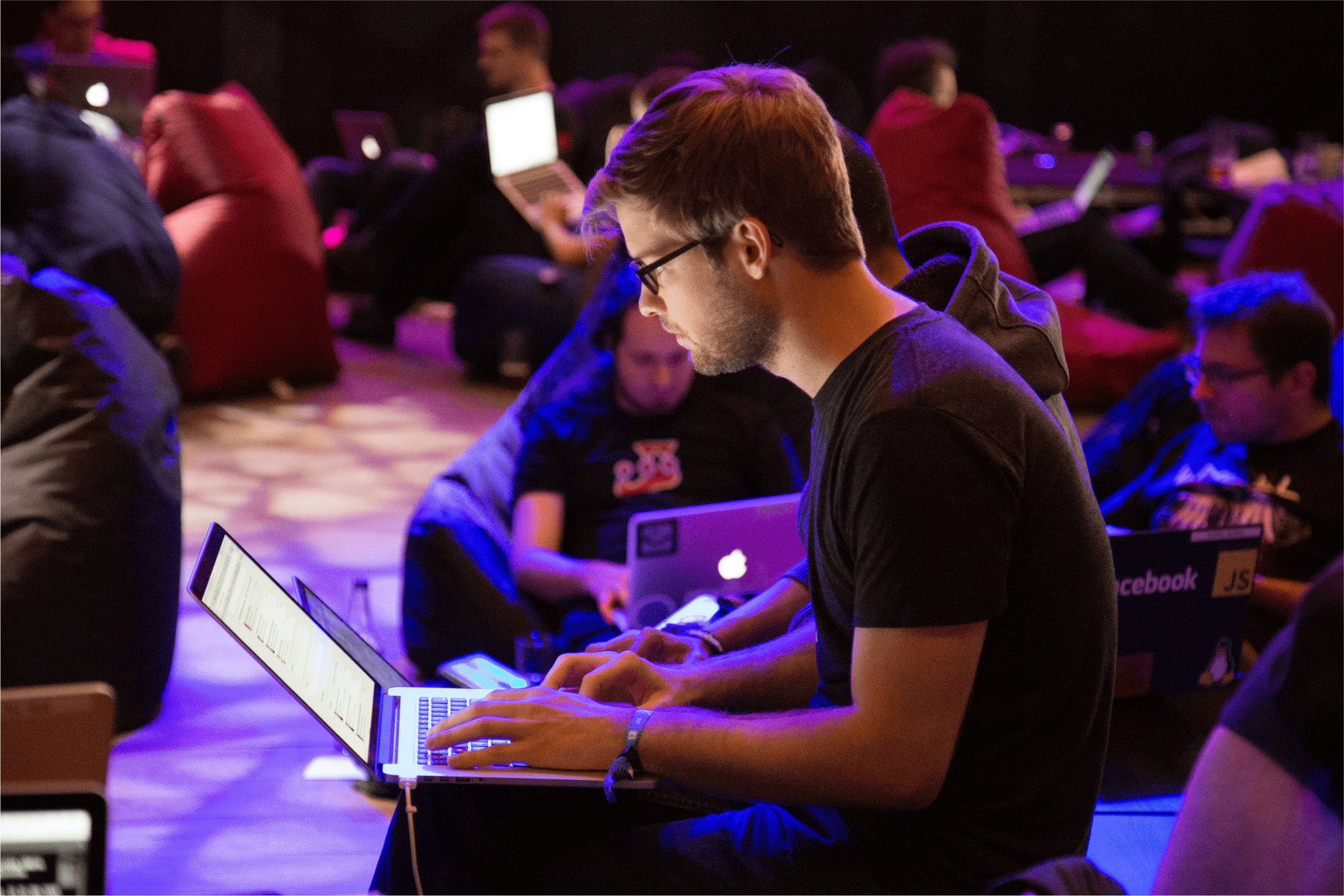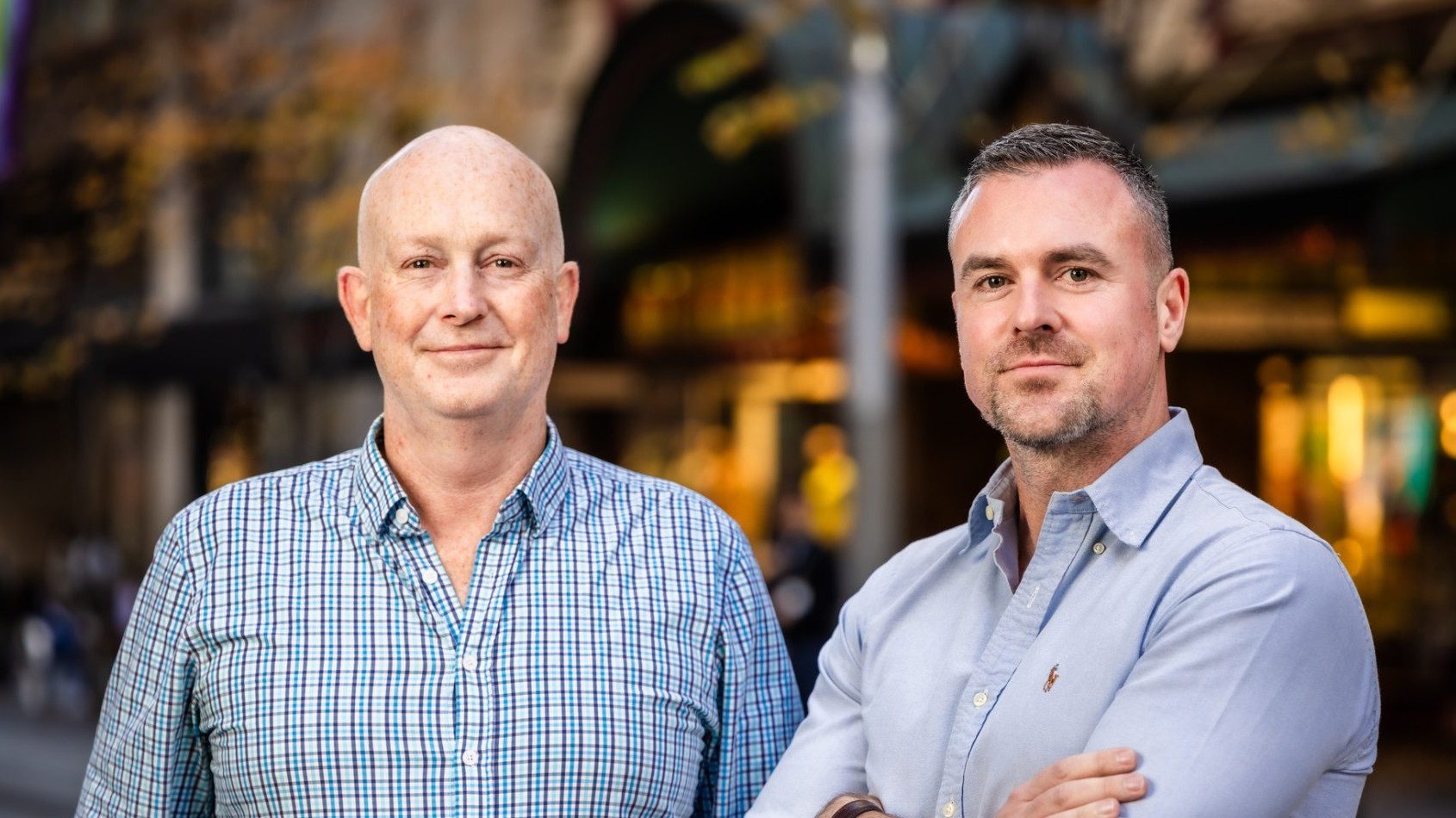
January 22, 2024
The History of Wear It Purple
The Wear It Purple movement started in 2010, due to the need to address the challenges faced by LGBTQIA+ youth. In the wake of the tragic loss of young lives linked to bullying and harassment related to their sexual orientation or gender identity, two friends, Katherine Hudson, and Scott Williams, decided to act.
On August 26th, 2010, the first Wear It Purple Day was held. The day aimed not only to raise awareness about the struggles of LGBTQIA+ youth but also to celebrate their identities and empower them to stand up against discrimination.
Why purple? The choice of purple as the movement’s colour is significant: it symbolises the combination of pink (associated with femininity) and blue (associated with masculinity) to create a unifying shade that represents diversity.
The journey towards inclusivity is supported by statistics that remind us of the challenges faced by LGBTQIA+ individuals:
- Mental Health Struggles: LGBTQIA+ individuals are more likely to experience mental health issues like depression, anxiety, and suicidal thoughts due to discrimination and stigma.
- Discrimination in the Workplace: Studies show that a significant percentage of LGBTQIA+ employees have experienced discrimination, harassment, or exclusion at work due to their sexual orientation or gender identity.
- Lack of Representation: LGBTQIA+ individuals, especially transgender people of colour, continue to be underrepresented in leadership positions across various industries.
Why is it important for Employers to get involved:
- Creating a Safe Space: Wear It Purple Day is an opportunity for employers to get their employees to come together and show solidarity with their LGBTQIA+ colleagues. By wearing purple, employees signal their commitment to creating a safe and supportive work environment for everyone.
- Raising Awareness: Employee participation in Wear It Purple Day helps raise awareness about the challenges faced by LGBTQIA+ individuals. This awareness can spark conversations and encourage education about diversity and inclusion.
- Fostering Inclusivity: When employers and employees visibly support initiatives like Wear It Purple, it sends a powerful message that diversity is not only accepted but celebrated. This contributes to fostering a sense of belonging for all employees, regardless of their sexual orientation or gender identity.
- Addressing Mental Health: The act of acknowledging and supporting Wear It Purple Day can have a positive impact on the mental health and well-being of LGBTQIA+ employees, as they see their workplace standing up against discrimination.
- Promoting Leadership Opportunities: Employee participation in events like this showcases the commitment of the organisation to equality. This can encourage LGBTQIA+ individuals to pursue leadership roles, knowing that their workplace values and supports them, which is why we are proud that 20% of our employees are members of the LGBTQIA+ community.
What we do at Talent Web
At Talent Web we are proud to be advocates for diversity, inclusion, and equality within the workplace. Wear It Purple Day serves as a clear reminder that the fight for LGBTQIA+ rights is ongoing. By understanding its history and acknowledging the statistics that emphasise the need for change, we, as an employer, can play a key role in creating a more inclusive and welcoming work environment for all.
So, we will be wearing purple, not just as a colour but as a symbol of our commitment to a better, more diverse workforce and world.
Our team has “Written their Story”
| |
Ellen Barry (she/her)For context, I am the eldest of three girls in my family and we were raised Catholic. I was having a conversation with my sister recently about high school and labels, she was the self-proclaimed ‘hot sister’ and so I asked what was I? She paused for a moment, like it was obvious, before saying ‘you were the gay sister’ and my first reaction was affront. I didn’t come out until I was 21, I didn’t have even an inkling in high school, but as they say, hindsight is 20/20, and looking back now, I can’t believe I didn’t know..there were so many signs. I was always a tom-boy, but I never thought too much of it. As a kid, I always had my hair in a short bob, never letting it grow past my shoulders. In primary school, we had the option to wear pants or a dress and stockings in the winter and of course, I was one of 2 girls in the whole school who chose to wear the pants (shocker, she’s also gay..there are stereotypes for a reason). It wasn’t until high school in rural Coffs Harbour that I really felt the pressure to fit in and conform. Again, girls had the option to wear shorts or skirts and I made my mum buy me both and remember the lady at the uniform shop saying ‘she won’t ever wear the shorts…’ I thought to myself..you don’t know me, lady. Alas, teenage anxiety set in and I just wanted to belong, so it’s true, I think I wore the shorts 3 times that first year and then put them away and didn’t mention it again. I grew my hair out (and had to learn how to tie it up, even a ponytail was beyond me because I was a perfectionist and hated having lumps in my hair) and wore the skirt. I drew the line at make-up because I thought, what’s the point, in all honesty, I wasn’t very good at applying it so felt more self-conscious with it on than off. Effectively I hid away the most authentic parts of myself, for my teenage years. I lied about having crushes on boys until at 15 I did fall for my best friend, a gay guy called Simon. He came out to me when he realised, I was in love with him, and I was devastated. It took me a long time to get comfortable with my queerness, and I think that has a lot to do with my Catholic upbringing. The first time I kissed a girl, I went into a massive shame spiral, and it took a decent amount of Dutch Courage to happen at all… Fast forward 15 years and I’m finally able to be myself authentically. Simon and I are still mates and both happily gay. I’ve cut my hair short again, it’s rare for you to catch me in a dress but it does happen. I am an active member of the community and I look back on my experiences in high school and hope that young queer people don’t experience the same shame and feel the need to hide themselves like I did. I love my rainbow family and I love that I can be open about who I am. Wear It Purple is one of my favourite days, for queer youth, by queer youth, these are the changemakers. |
| |
Natalia Sawran-Smith (she/her)Wear it Purple Day stands as a reminder of the importance of inclusivity and acceptance for LGBTQIA+ individuals. I consider myself, and truly hope I am considered, a passionate ally and this day therefore holds special significance for many of the people I love. I feel it important to share the journey of understanding, supporting, and standing alongside the LGBTQIA+ community. I wanted to share my story as an ally and the lessons I’ve learned along the way. I think it is important to acknowledge that I do not wish to take up space in the community, I am learning every day and will continue to do. My journey as an ally began in my teenage years. Where I grew up, I didn’t meet a member of the community until I was 15, and from meeting more and more incredible people, I began to see that the world is made up of beautifully diverse individuals, each with unique experiences and identities. Now at the age of 33, I have a wonderful circle of friends and family members that are part of the community being a supporter of not only them, but every single member is something I am wholly committed to. Being an effective ally requires understanding. Educating myself about the challenges, history, and terminology within the LGBTQIA+ community was crucial. By listening to stories, reading, and engaging with resources, I gained insights that transformed sympathy into empathy. Creating safe spaces where LGBTQIA+ individuals can openly share their experiences without fear of judgment is essential. An ally must cultivate an environment of respect, acceptance, and advocacy in whatever setting they are in. It is vital to confront biases, both within yourself and others. Wear It Purple Day reminds me to challenge misconceptions, break down stereotypes, and address harmful attitudes. Through constructive conversations, change becomes achievable. If I hear someone make what they think to be a funny “off the cuff” joke at the expense of a LGBTQIA+ individual or group, I think to myself “What would my sister or my friends feel if they saw me letting that slide?” this gives me the confidence to call people out on the harm that perpetuating stereotypes, narratives and offensive language can have. I absolutely must emphasise that you don’t have to be connected to someone LGBTQIA+ to stand up for their humanity. |
Get in touch
If you are genuinely passionate about what you do and want to work for an employer who celebrates who you are, then get in touch. We are always on the lookout for talented individuals to join our team.
You can reach out to us at 02 8075 9900 or contact us via email at info@talentweb.com.au.
